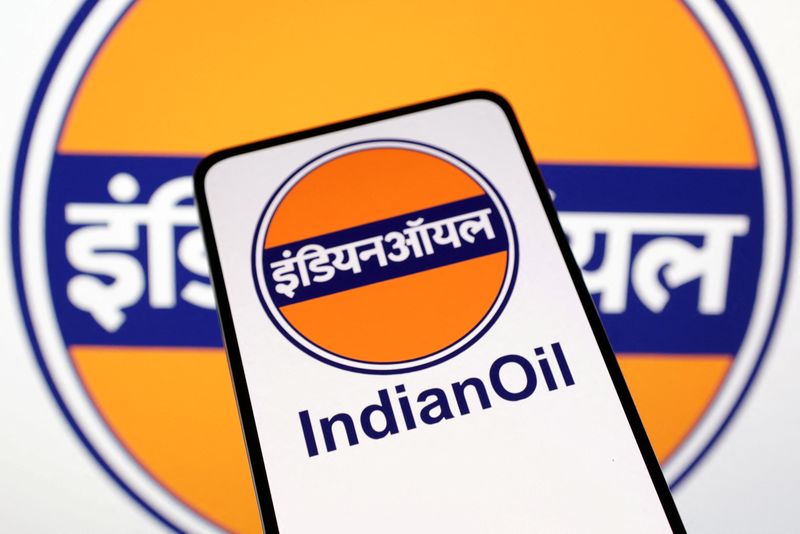
By Nidhi Verma and Marianna Parraga
NEW DELHI/HOUSTON (Reuters) – Two Indian state refiners have bought 2 million barrels of Venezuelan crude from trading house Vitol for November delivery, trade sources said, as shipments to what previously was Venezuela’s second largest oil market continue to grow.
Indian refiners resumed imports of Venezuelan crude earlier this year after the U.S. Treasury Department authorized transactions for exports of crude and fuel despite sanctions targeted at President Nicolas Maduro’s government.
India’s top refiner, Indian Oil Corp (IOC), is set to receive 1.2 million barrels of Venezuelan oil while Mangalore Refinery and Petrochemicals (MRPL) will get 800,000 barrels of oil, the sources with direct knowledge of the matter said.
Vitol, the U.S. Treasury, Venezuelan state oil company PDVSA, IOC and MRPL did not respond to Reuters emails seeking comments.
The cargo of Venezuelan Merey 16 crude grade is loaded on the vessel Boston for MRPL, according to Kpler data.
While IOC’s 300,000-barrels-per-day (bpd) Paradip refinery can process Venezuelan oil, MRPL has limited appetite for heavier grades such as Merey and has rarely bought oil from Venezuela.
In July, India’s Reliance Industries Ltd received U.S. authorization to resume importing oil from Venezuela, sources said. Reliance’s deal for purchase of Venezuelan oil includes a swap for heavy naphtha, used by PDVSA’s joint ventures to dilute their extra heavy oil and produce exportable grades.
Reliance last month received a cargo of Venezuelan oil loaded on the vessel Degas, Kpler data shows.
Oil cargoes on the tankers Boston and Degas were reported by PDVSA as sold to intermediaries and not to final buyers, documents seen by Reuters showed.

It was unclear whether Vitol has a license or is reselling crude it bought from another company with a license.
One shipping source said that some of PDVSA’s joint venture partners, mainly based in Europe and with U.S. licenses to lift Venezuelan oil, have resold a portion of their cargoes to traders.
This post is originally published on INVESTING.





